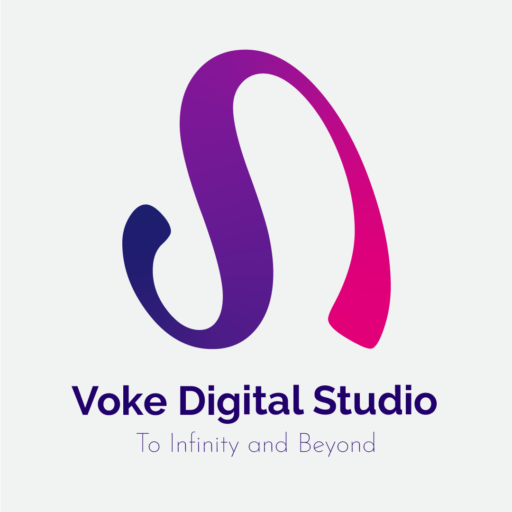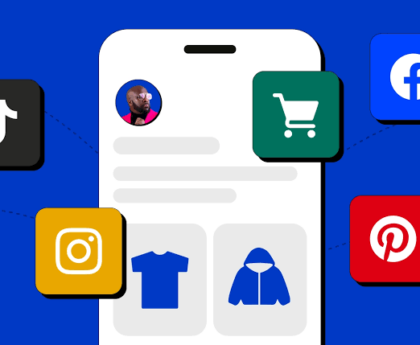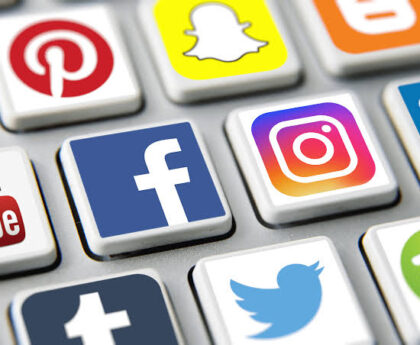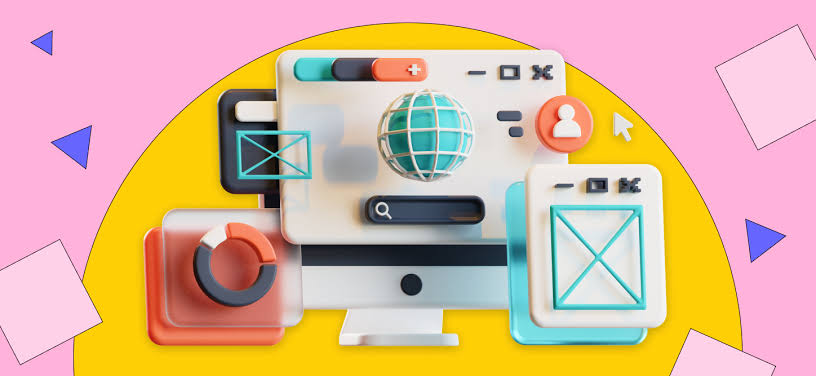
Why 3D Web Design Isn’t Just A Trend—It’s A Revolution
3D web design, interactive design, and user experience combined—discover how 3D elements boost engagement, retention, and website performance.
Table of Contents
- Introduction: The Rise of 3D Web Design
- What Are 3D Elements in Web Design?
- The Power of 3D Web Design in Boosting User Experience
- How 3D Web Design Enhances Engagement & Retention
- Key Benefits of 3D Elements in Websites
- Is 3D Web Design Right for Your Brand?
- Conclusion: Future-Proof Your Website Today with 3D Web Design
Introduction: The Rise Of 3D Web Design
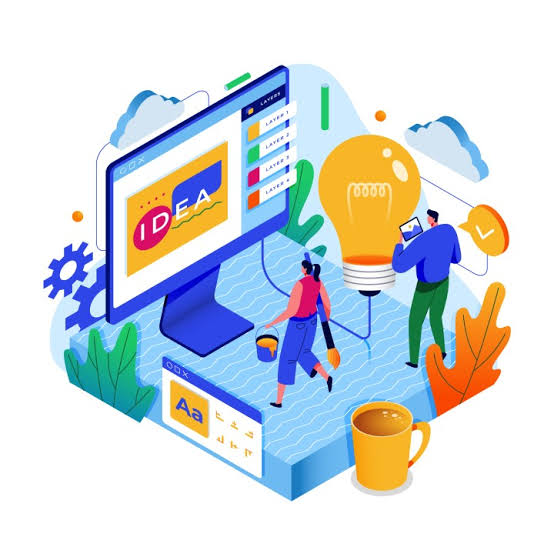
In today’s fiercely competitive digital space, catching a user’s attention takes more than flat visuals and generic layouts. That’s where 3D web design comes in—a dynamic approach that transforms static websites into immersive experiences. As marketers and designers, we now recognize the importance of integrating 3D elements, not just for aesthetic appeal but for increasing user experience and retention.
The evolution of 3D web design has redefined how users engage with websites. Whether you’re designing a tech startup’s landing page or revamping an e-commerce platform, 3D graphics in websites are revolutionising user perception, making your digital brand memorable and visually superior.
What Are 3D Elements In Web Design?
Before diving into the benefits, let’s break down what 3D elements actually mean in the web context. These are interactive design components such as animated models, textured visuals, layered backgrounds, and hover-responsive features. Think of rotating product models, parallax scrolling, or interactive maps—each enhancing how the user experiences your brand story.
The Power Of 3D Web Design In Boosting User Experience
User expectations have shifted. Modern consumers expect immersive experiences from the get-go. That’s where 3D web design thrives—it provides a multidimensional, lifelike interface that makes websites more intuitive and engaging.
- 3D animation in modern web design allows users to interact with content rather than just observe it.
- Visual hierarchy and storytelling are greatly amplified, leading to improved user experience.
In fact, studies show that consumers spend more time on websites that feature interactive 3D elements, which directly correlates with increased conversions and customer satisfaction.
How 3D Web Design Enhances Engagement & Retention
While design is often viewed as an art, in digital marketing, it’s also science. One of the major advantages of 3D web design is its ability to keep users hooked. These visuals trigger emotional responses and curiosity—driving them to explore more.
Consider these stats:
- Sites using 3D elements see up to 34% higher engagement.
- Users are 60% more likely to return to a site offering immersive experiences with 3D web design.
For e-commerce and product-heavy websites, 3D web design enables product visualisation like never before. Customers can view angles, zoom features, and animations that mimic real-life experiences, all boosting interactive design.
Key Benefits Of 3D Elements In Websites
Let’s summarise the most impactful advantages of 3D web design:
- Enhanced Storytelling: Bring brand narratives to life with motion, depth, and immersion.
- Better Engagement: Encourage user interaction through motion triggers and clickable elements.
- Improved Performance: With tools like WebGL and Three.js, developers can create high-performance, responsive 3D graphics in websites without affecting load times.
- Increased Conversions: Let users ‘feel’ the product through 360-degree views and 3D animation in modern web design.
- Memorability & Brand Recall: Stand out in a saturated digital landscape by offering immersive experiences with 3D website design.
Is 3D Web Design Right For Your Brand?
If your target audience values innovation, experience, and technology, 3D website design can be a game-changer.
But even for legacy brands or minimalist services, subtle 3D elements can enhance web design without overpowering the message. Use them to guide navigation, accentuate CTAs, or elevate your homepage aesthetics.
So whether you’re a startup or a global enterprise, integrating 3D design is not just a visual upgrade—it’s a strategic move.
Conclusion: Future-Proof Your Website Today With 3D Web Design
In an age where attention spans are short and competition is intense, 3D web design is not just a trend—it’s a necessity for brands wanting to lead. With clear benefits like better user experience, higher engagement, and standout aesthetics, it’s time to embrace a more immersive, futuristic approach.
Whether you want to boost conversions or just redefine your visual identity, make 3D website design a part of your digital strategy now.
👉 Let’s build websites that don’t just look good—but feel alive.
